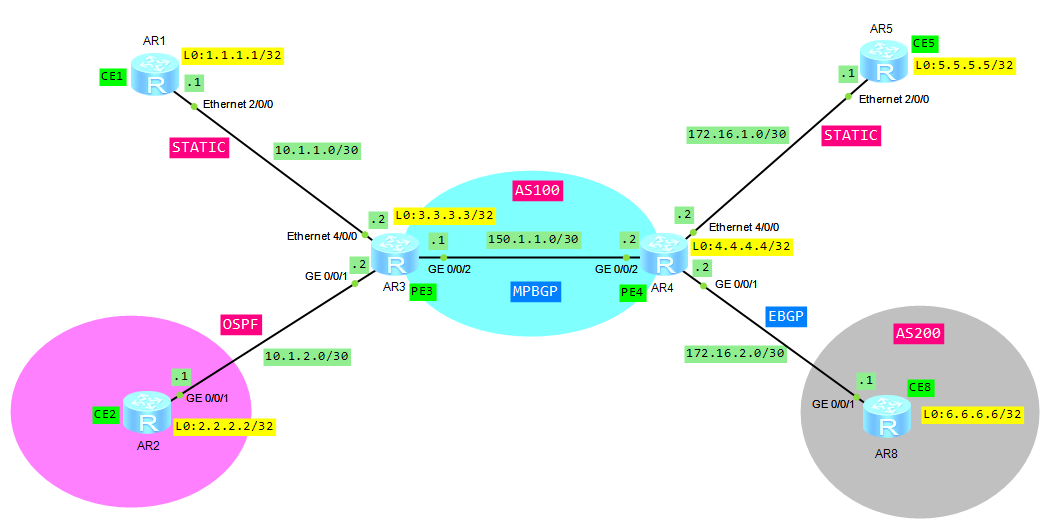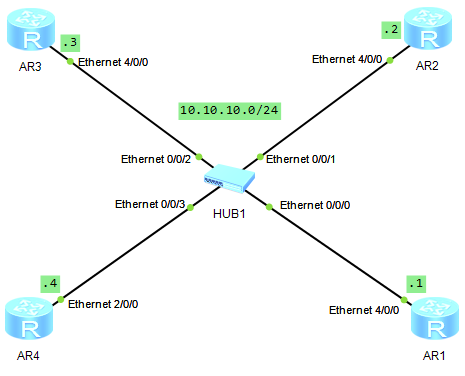Huawei devices support generic MAC (GMAC) ping and trace on Layer 2 networks. Network administrators can use GMAC ping and trace functions to detect Layer 2 network faults, without configuring CFM.
ping mac mac-address vlan vlan-id [ interface interface-type interface-number | -c count | -s packetsize |-t timeout | -p priority-value ]
GMAC ping works at the same manner like 802.1ag MAC ping. It uses the Loopback Message and Loopback Reply (LBM/LBR) and is similar to ICMP ping function. GMAC ping can be used without configuring the MD (Maintenance Domain), MA (Maintenance Association), or MEP (Maintenance association End Point) on the source device, intermediate device, and destination device, as it is required when using 802.1ag. You only need to enable the GMAC function on the intermediate device. Therefore, GMAC ping is applicable to part of or a whole network without reference to MD, MA, and MEP configurations.
trace mac mac-address vlan vlan-id [ interface interface-type interface-number | -t timeout ] *
GMAC trace works at the same manner like 802.1ag MAC trace and uses Link Trace Message/Reply (LTR/LTM), so its function is similar to “trace route”. But GMAC trace can be implemented without configuring the MD, MA, or MEP on the source device, intermediate device, and the destination device. All the intermediate devices can respond with an LTR. Therefore, GMAC trace is applicable to part of or a whole network without reference to MD, MA, and MEP configurations.
 Labnario Huawei From Scratch
Labnario Huawei From Scratch


